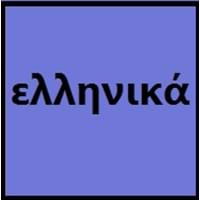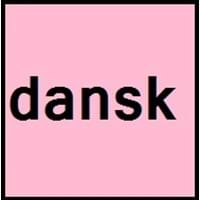Greek and Danish
- Greek is the longest documented language of all the Indo-European Langauges.
- The official language of education in the Roman Empire was Greek.
- Danish, Norwegian and Swedish are mutually intelligible, that means if u learn Danish is almost like learning three languages in one.
- There are 9 vowels in Danish language, which can be pronounced in 16 different ways.
All Greek and Danish Dialects
Most languages have dialects where each dialect differ from other dialect with respect to grammar and vocabulary. Here you will get to know all Greek and Danish dialects. Various dialects of Greek and Danish language differ in their pronunciations and words. Dialects of Greek are spoken in different Greek Speaking Countries whereas Danish Dialects are spoken in different Danish speaking countries. Also the number of people speaking Greek vs Danish Dialects varies from few thousands to many millions. Some of the Greek dialects include: Cappadocian Greek, Griko. Danish dialects include: Scanian , Jutlandic. Also learn about dialects in South American Languages and North American Languages.
Greek and Danish Speaking population
Greek and Danish speaking population is one of the factors based on which Greek and Danish languages can be compared. The total count of Greek and Danish Speaking population in percentage is also given. The percentage of people speaking Greek language is 0.18 % whereas the percentage of people speaking Danish language is Not Available. When we compare the speaking population of any two languages we get to know which of two languages is more popular. Find more details about how many people speak Greek and Danish on Greek vs Danish where you will get native speakers, speaking population in percentage and native names.
Greek and Danish Language Codes
Greek and Danish language codes are used in those applications where using language names are tedious. Greek and Danish Language Codes include all the international language codes, glottocodes and linguasphere.





